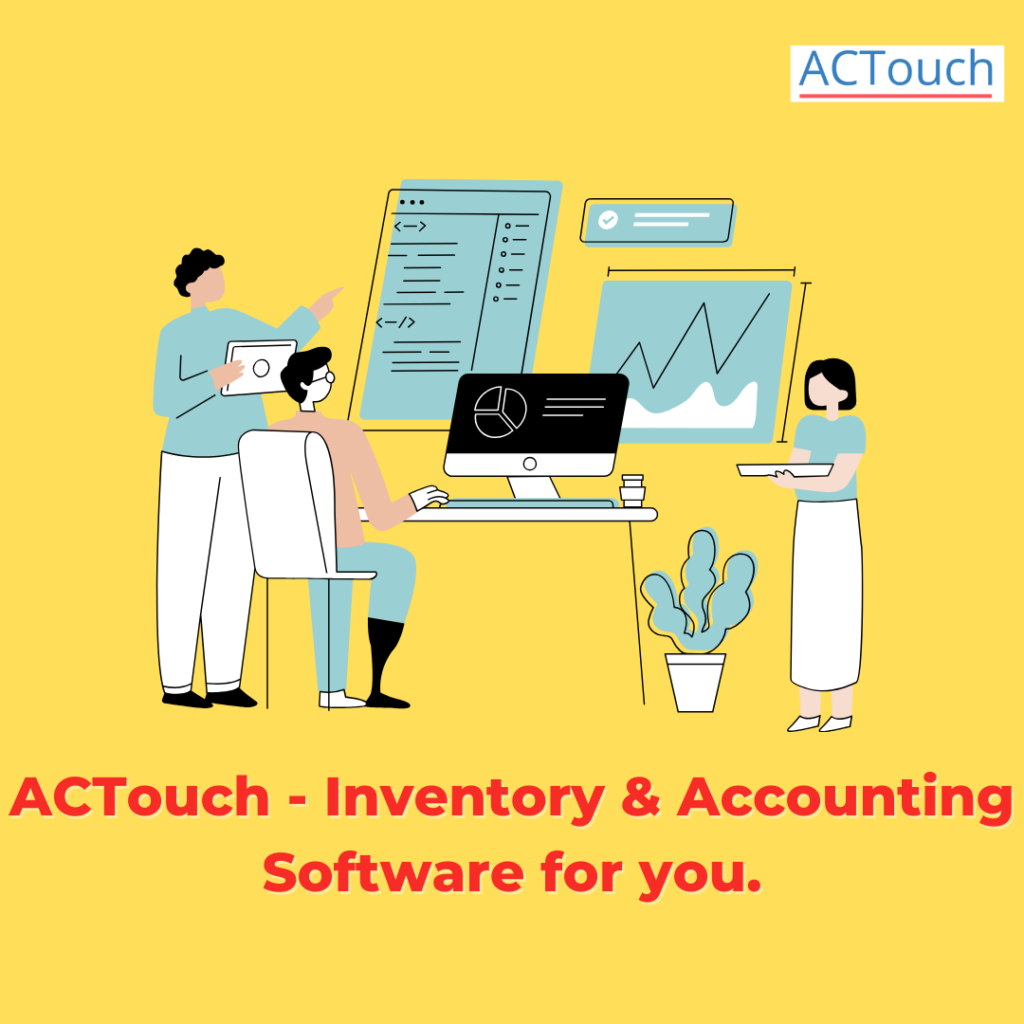How to Calculate Reverse Charges in GST?
Normally, in business, the Customer pays the Tax on supply of items to a Vendor. In certain cases, the receiver becomes liable to pay the tax, i.e., the charge ability gets reversed which is why it is called Reverse Charges and vendor is expected to hold back the taxes. So we have come with how to calculate Reverse charges as its but confusing to many business owners.
Reverse charges was used by some business from the beginning. But post GST, this charge has become an important point as GST wants to increase tax compliance and tax revenues. Earlier, the government was unable to collect service tax from various unorganized sectors like goods transport. Compliance and tax collections will therefore be increased through reverse charge mechanism.
Situations, where the Reverse Tax has to be applied.
1. Non GST registered dealer selling to a GST registered dealer
In such a case, the GST registered dealer is liable to withhold the amount and adjust against his ITC or pay to Govt.
2. Services through an e-commerce operator
If an e-commerce operator supplies services then reverse charge will apply on the e-commerce operator. He will be liable to pay GST directly to Govt.
However Govt came with some clarifications where
- If the vendor is Local and the total amount to Pay is more than Rs. 5000, then we have to deduct the TCS
- If the amount is less than Rs 5000 per day, then we don’t have to deduct the TCS amount.
So check with your CPA’s on the same as its not clear on the Charges on when to deduct and when not to deduct.
To be safe, deduct the Reverse Charges in GST. Please check the latest details with your CPA too.
Click below to see how to create GST Invoice with Reverse Charges.
How to calculate the GST Purchase Receipt with Reverse Charges?
|

